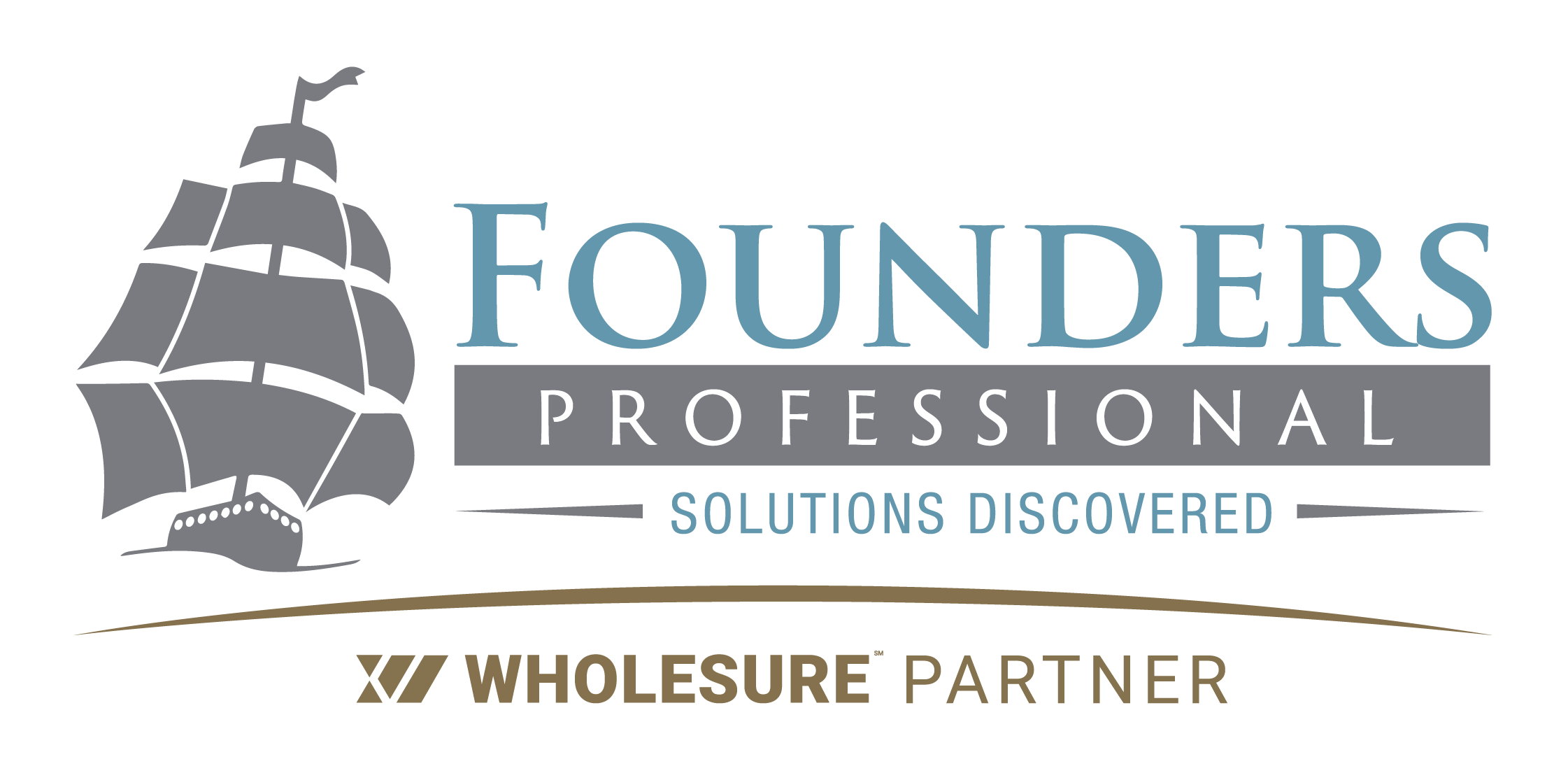So, here’s the scene: Peter, a Real Estate attorney in southern California, is having drinks with a friend from law school, Blaine, also an attorney who specializes in Real Estate. Both have been practicing law for several years and have small boutique law firms in the area. They’re in a packed, trendy LA cocktail lounge when the topic of their E&O insurance comes up.
Peter mentions he just wrapped up his renewal, and as Blaine is about to take a sip of the $27 martini that just landed in front of him, he asks “yeah? If you don’t mind mind, what did it end up running you this year?”
“Oh, I think it was around eight grand or so.”
Cue spit-take.
Blaine sputters, “You’ve got to be kidding me! I’m paying more than twice that! My insurance carrier is ripping me off!”
Slow down there, counselor. While Blaine knows that he and Peter have similar practices (5 attorneys specializing in Real Estate [RE], no claims, and located in southern California), there is plenty he doesn’t know about why his exposure is so much greater than Peter’s, and therefore, much more expensive.
There are many factors that go into determining the premium on a claims-made policy for a particular law firm. However, it’s important for attorneys to know there are three factors particular to Lawyers Professional Liability (LPL) that primarily drive a firm’s pricing: Area of Practice (AOP), location, and attorney count. Where a firm falls in any of these categories can have a significant effect on their premium and, in many cases, will exclude a firm from a particular program altogether. Let’s explore each.
Area of Practice (AOP): The type of work a firm is doing is the most significant factor in determining their exposure. Plaintiff work, for example, is considered high-risk for several reasons, not the least of which is that a plaintiff-client has already demonstrated a willingness to bring suit against someone they feel caused them a loss and would probably be just as likely if they felt their attorney did the same. Then there’s work such as Intellectual Property, which is not only difficult and specialized, but a loss associated with an attorney error can easily get into the seven, eight, or even nine figure territory. If a claim does come in, it’s probably going to be significant.
It’s also important to note that admitted carriers are bound by their state filing. They do not have the flexibility of non-admitted carriers, who do not have a filing to adhere to. So, if a filing dictates that 1% of a certain type of work is excluded from a program, which many do, then that’s all it takes to make a firm ineligible.
Location: Plain and simple, some states are more litigious than others, and in some cases, even particular counties have earned reputations that scare insurance carriers off, especially when it comes to lawyers professional liability insurance.
The most notable is probably the coastal counties of Southern California, especially Los Angeles, which have proven themselves to be hotbeds of litigation. In Florida and New York, there are also several counties that some carriers just avoid altogether or make significant adjustments to their pricing. Attorneys in these locations are going to have a lot more difficulty finding options than the average firm.
Attorney Count: This is probably the most easily quantifiable factor that goes into pricing. The other two factors are used to help determine a firm’s “per-attorney rate,” however, once this is calculated, then the number of attorneys at the firm can almost be applied as a simple multiplier. For example, if the per attorney rate is $2,500, and there are three attorneys at the firm, it’s a relatively safe bet that the firm’s annual rate will be right around $7,500.
Now, that said, there are two notable factors that could affect this: how long the attorney has been at the firm (since a claims-made policy addresses past as well as future exposure to the firm), and if the attorneys are working full-time or part-time (since the more they work, the more work there is to cover). However, all other factors being equal, a firm that’s twice the size of another should be paying right around twice the premium.
As it turns out, Blaine’s practice is in LA county. He does real estate development and REIT work, both high-risk AOPs. All his employed attorneys are full-time and have been with him for over five years. Peter, on the other hand, practices in Ventura, which meant he got quotes from two LPL programs that Blaine couldn’t even access. He does basic real estate contract and tenant/landlord work, but no REITs or development work. Two of his five attorneys are part-time, with one full-timer hired only a year ago. Suddenly, the chasm between Peter and Blaine’s premiums makes a whole lot more sense.
So, what’s the moral of the story? Always remember that underwriters aren’t just throwing darts at a price chart. Oh, and never risk a sip of your drink when discussing insurance. Spit-takes should only happen in the movies.
About the Author

Raffi Kodikian is a Vice President and Lawyers Professional Liability Practice Leader for national wholesale insurance brokerage, Founders Professional. Raffi assists retail insurance agents across the Country with securing professional liability insurance solutions for law firms of all sizes. Raffi can be reached at [email protected].

